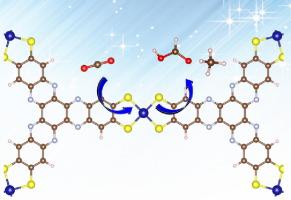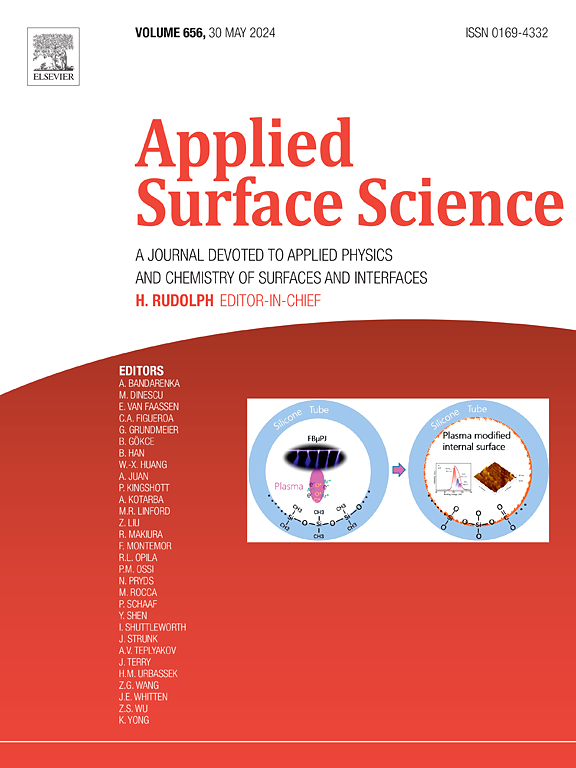Two-dimensional π-conjugated metal–organic frameworks as highly efficient catalysts for CO2 electroreduction
IF 6.3
2区 材料科学
Q2 CHEMISTRY, PHYSICAL
引用次数: 0
Abstract
With fossil fuel reserves diminishing, designing and synthesizing electrocatalysts with controllable active sites is essential for converting carbon dioxide (CO2) into valuable chemicals. Inspired by the experimental advancement of two-dimensional π-conjugated metal–organic framework (2D c-MOF) nanosheets, we have performed a computational screening to identify optimal single-atom catalysts for the CO2 reduction reaction (CO2RR) across eleven 2D c-MOFs (HTHATN-TM). These frameworks comprise transition metals (TM = Cr, Mn, Fe, Co, Ni, Cu, Zn, Ru, Rh, Pd, or Ag) and hexathiohexaazatrinaphthylene (HTHATN) organic ligands. Our first-principles calculations reveal that HTHATN-Cr and HTHATN-Ru emerge as highly promising CO2RR catalysts, exhibiting low limiting potentials of −0.38 V and −0.53 V, respectively, and favoring the production of HCOOH and CH4. These findings provide valuable insights for the development of more efficient CO2RR catalysts.


求助全文
约1分钟内获得全文
求助全文
来源期刊

Applied Surface Science
工程技术-材料科学:膜
CiteScore
12.50
自引率
7.50%
发文量
3393
审稿时长
67 days
期刊介绍:
Applied Surface Science covers topics contributing to a better understanding of surfaces, interfaces, nanostructures and their applications. The journal is concerned with scientific research on the atomic and molecular level of material properties determined with specific surface analytical techniques and/or computational methods, as well as the processing of such structures.
 求助内容:
求助内容: 应助结果提醒方式:
应助结果提醒方式:


